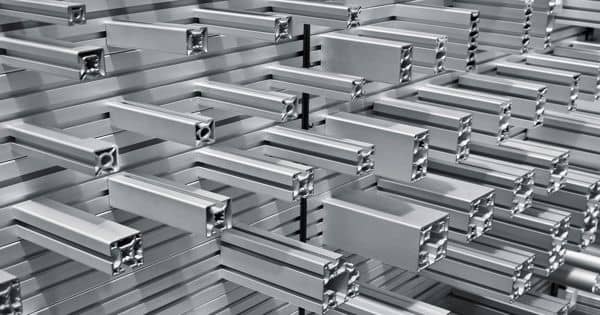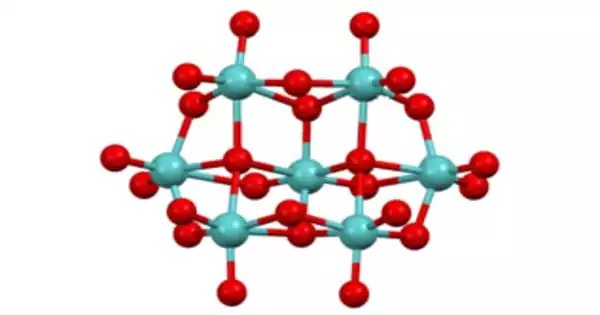Calamine brass is brass that is made using a specific alloying technique that uses the zinc ore calamine directly rather than first refining it to metallic zinc. Although alloyed calamine brass had been in use for centuries, direct zinc smelting appears to have been unknown in Europe until the mid-18th century, and metallic zinc was produced directly via reducing-atmosphere smelting in India and China from the 12th century CE onwards.
Brass is a copper-zinc alloy that was invented when methods for creating metallic zinc were unknown. Metallurgists who wanted to make brass utilized calamine (really a combination of the almost indistinguishable zinc ores smithsonite and hemimorphite) as the zinc component. The brasses generated by heating a mixture of copper and calamine to high temperatures for several hours (enabling zinc vapor to condense from the ores and permeate the metallic copper) had a large proportion of slag material arising from the non-zinc components of calamine. The use of ore rather than metallic zinc made it harder to achieve the necessary final copper-to-zinc ratio. This is known as cementation.
Calamine brass was made from two-sevenths fine copper, four-sevenths calamine, and one-seventh shruff (old plate brass). Calamine brass was the earliest sort of brass made, most likely in the first millennium BC, and was not displaced by other brass manufacturers in Europe until the 18th century. It is possible that Indian brass makers developed more refined techniques decades before.
Much of Northern Europe’s medieval brass came from the area surrounding La Calamine, now Kelmis, in Belgium. In 1587, some members of the Corporation of Mineral and Battery Works got a license from the company (whose monopoly it was) to develop a brass works at Isleworth. However, a decade later, the business prevented the owners from mining calamine. According to a sign at Tintern Abbey, the well-known brassworks at this location began around 1568.
In 1649, a German immigrant erected a new brass factory in Esher, most likely utilizing Swedish copper. Following the passage of the Mines Royal Act in 1689, further works were constructed near Bristol, where brass manufacture grew to become a major industry in the 18th century. Cheadle and Birmingham were later brass producing sites in England.
Calamine brass was gradually phased out as zinc smelting processes in Europe progressed, producing metallic zinc that was more suitable for brass manufacturing than calamine.
However, the transition away from calamine brass production was slow; a British patent was granted to William Champion in 1738, but the alloying of metallic zinc and copper to produce brass was not patented until 1781 (by James Emerson), and calamine brass mills were still in operation in South Wales as late as 1858. Economic factors most likely contributed to the sluggish spread of this technology.
















